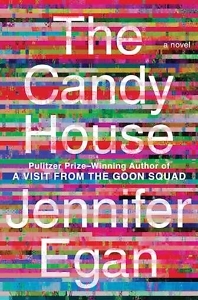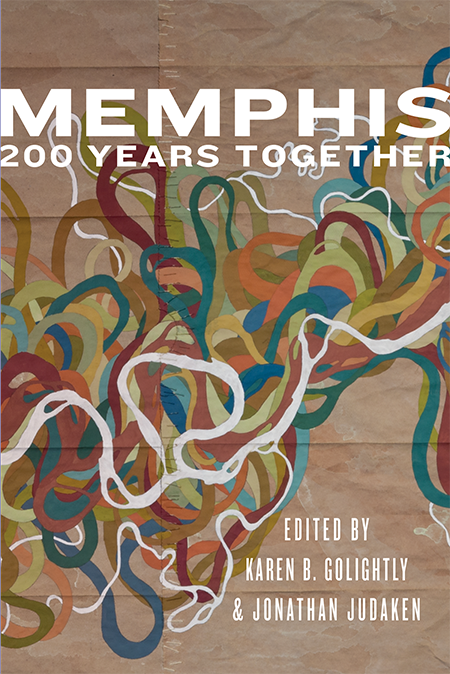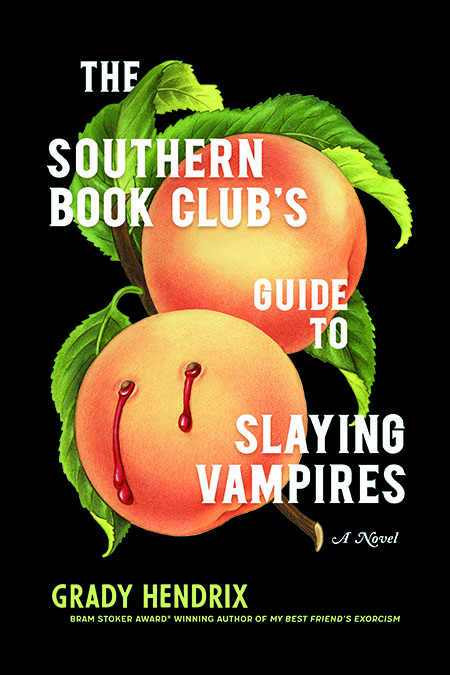A Cosmos of Its Own
Jennifer Egan’s The Candy House multiplies the world of A Visit from the Goon Squad
Bix Bouton, the first protagonist in Jennifer Egan’s The Candy House, is the founder of a landscape-changing tech media company, but he’s plagued by fears that he won’t be able to repeat his success. “I’m afraid I can’t do it again,” he admits. After the critical and commercial triumph of 2010’s A Visit from the Goon Squad, Egan may have been nagged by the same anxiety, but her new work of fiction should put those doubts to rest.

Manhattan Beach (2017), a historical novel set in Brooklyn’s naval yards during World War II, proved that Egan could generate compelling stories far from the California music scenes of Goon Squad. Now, with The Candy House, plugged as a “sibling” to Goon Squad, she has produced her most ambitious and challenging work, a web of emotionally powerful and intellectually provocative narratives.
Fans of Goon Squad will discover new facets of familiar characters, though enjoying The Candy House does not require knowledge of the previous work. The principals of Goon Squad, Sasha and Bennie Salazar, make appearances here, as do references to key events (notably the swimming death of one of Sasha’s college friends), but they play supporting roles as new characters take center stage.
Bix Bouton, a classmate of Sasha’s at NYU, is the ruling spirit of The Candy House, while Sasha’s husband Drew, haunted by the earlier drowning, becomes a hero when he saves the life of Sasha’s cousin Miles Hollander. Bennie’s personality is refracted here through the experiences of his family and his mentor, Lou Kline, whose offspring from three marriages get entangled in various story lines. The two books operate as illuminating companions, offering depth to Egan’s recurring theme: the instability of human identity.
In addition to sharing characters, Goon Squad and The Candy House have similarly structured interweaving narratives, with each chapter adding dimension to the tapestry. In The Candy House, the connections among stories are complex, to say the least. For his social media software, Bouton draws “algorithms that explained trust and influence” from the work of anthropologist Miranda Kline, Lou Kline’s third wife and mother of two daughters, one of whom becomes a digital music mogul who “absorbs” Bennie Salazar’s company. A student of Miranda’s researches the uncompromising authenticity of provocateur Alfred Hollander, brother of Miles, who goes to NYU with Sasha and Drew, the parents of mathematical savant Lincoln, who ends up working at Bouton’s company. You get the idea.
 Egan plays an interesting game by embedding in her fiction characters who offer commentary on the knotty relationships the novel depicts. Miranda’s theories regarding “patterns of affinity” in human relationships, such as romance and friend groups, seem to apply to her characters’ messy lives. Bouton’s company, Mandala, acquires the technology to “externalize” our minds – by uploading them to a “cube” – then takes the idea further to create “Collective Consciousness,” a web that connects users’ memories, so that Mandala’s customers have access to everyone else’s mental history. The Candy House, taken as a whole, appears to embody the same concept.
Egan plays an interesting game by embedding in her fiction characters who offer commentary on the knotty relationships the novel depicts. Miranda’s theories regarding “patterns of affinity” in human relationships, such as romance and friend groups, seem to apply to her characters’ messy lives. Bouton’s company, Mandala, acquires the technology to “externalize” our minds – by uploading them to a “cube” – then takes the idea further to create “Collective Consciousness,” a web that connects users’ memories, so that Mandala’s customers have access to everyone else’s mental history. The Candy House, taken as a whole, appears to embody the same concept.
Naturally, Mandala’s drive to open minds to universal exploration comes under criticism. Miranda herself, who objects from the start to the “perversion” of her concepts for commercial exploitation, joins the “eluders,” a loose confederation of protesters who resist the centralization and commodification of consciousness. Like the rogue air-conditioning repair technicians in the movie Brazil or the Québécois separatists in David Foster Wallace’s Infinite Jest (a novel whose techno-capitalist future bears a close resemblance to The Candy House’s), the eluders risk their lives to preserve the principle of freedom.
Though this book cannot be reduced to a simple protest novel, Egan makes clear her reservations about recent trends in data mining and the public’s willingness to participate in black-box customer optimization. The title comes from a scene when Lou Kline’s daughters campaign against file sharing, which is “dismantling” the music business. “Nothing is free!” they try to remind people. “Only children expect otherwise, even as myths and fairy tales warn us: Rumpelstiltskin, King Midas, Hansel and Gretel. Never trust a candy house!”
Egan is aware that as an author she exerts an authoritarian power over her subjects. At a minimum, Egan feels the responsibility to choose carefully, from countless available narratives, the few that are worthy of recording. As one of her characters with access to the Mandala database acknowledges, “Not every story needs to be told.”
Paradoxically, The Candy House provides evidence against its own premise. Far from being reducible to stable memories and two-dimensional charts, Egan’s characters demonstrate that human nature is multiform. Mandala’s own employees testify to “the infinitude of an individual consciousness”: “Consciousness is like the cosmos multiplied by the number of people alive in the world,” Egan writes, “because each of our minds is a cosmos of its own: unknowable, even to ourselves.”

Sean Kinch grew up in Austin and attended Stanford. He earned a Ph.D. from the University of Texas. He now teaches English at Montgomery Bell Academy in Nashville.


